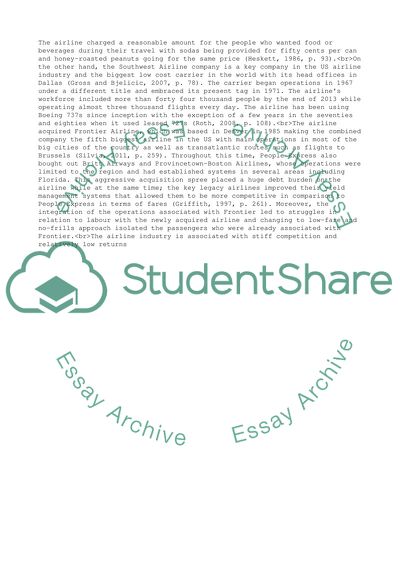Cite this document
(A thin line between project success and failure Essay, n.d.)
A thin line between project success and failure Essay. https://studentshare.org/management/1850583-a-thin-line-between-project-success-and-failure
A thin line between project success and failure Essay. https://studentshare.org/management/1850583-a-thin-line-between-project-success-and-failure
(A Thin Line Between Project Success and Failure Essay)
A Thin Line Between Project Success and Failure Essay. https://studentshare.org/management/1850583-a-thin-line-between-project-success-and-failure.
A Thin Line Between Project Success and Failure Essay. https://studentshare.org/management/1850583-a-thin-line-between-project-success-and-failure.
“A Thin Line Between Project Success and Failure Essay”. https://studentshare.org/management/1850583-a-thin-line-between-project-success-and-failure.


